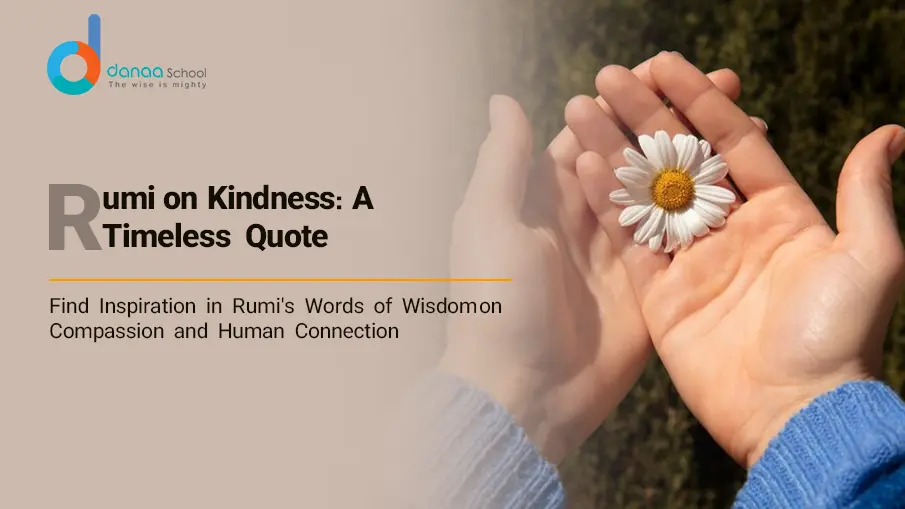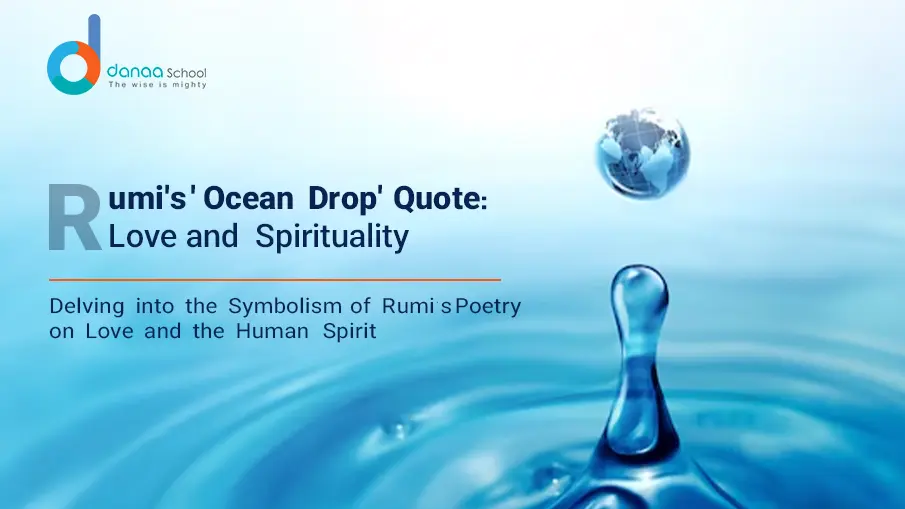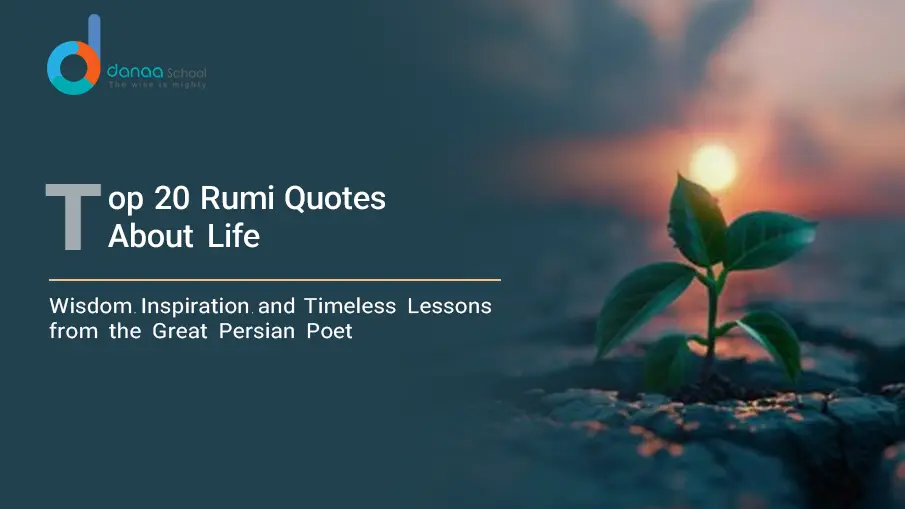Find Your Perfect Teacher
At Danaa School, you can find your Persian Poetry Tutor from all qualified and experienced teachers.
Now experience the excellent language and poetry journey.

FAQs
Did Persia have monsters?
Yes, Persian mythology is filled with monsters, such as Azhdaha, a dragon-like creature representing chaos and destruction.
Who is the Persian mythical hero?
Rostam is one of the most famous heroes in Persian mythology, known for his incredible strength and bravery.
What is Iran's mythical creature?
The Simurgh, a majestic bird with the head and wings of an eagle, is one of Iran’s most iconic mythical creatures.
Who is the god of Farsi?
Ahura Mazda is the supreme god in Zoroastrianism, the ancient religion of Persia.
Who is the evil king of Persia?
Zahhak, a figure from Persian mythology, is often depicted as an evil king who brings darkness and corruption to the land.
Why was Persia so strong?
Ancient Persia’s strength lay in its strategic location, military prowess, and the unity provided by its culture and religion.
Conclusion
Intrigued by the rich tapestry of Persian mythology? Dive deeper into Persian culture by exploring the timeless art of Persian poetry. Danaa School offers a specialized course on Persian poetry that will transport you to the heart of ancient Persia. Enroll today and unlock the mysteries of a culture steeped in myth and legend.
Explore the incredible world of Persian mythology, where creatures of legend come alive, and heroes face unimaginable challenges. The stories from ancient Persia continue to inspire, offering a glimpse into a world where the line between reality and myth blurs, leaving us enchanted. Enroll now.
Want to Learn Persian Poetry at Danaa School?
Here are the best resources for you!










